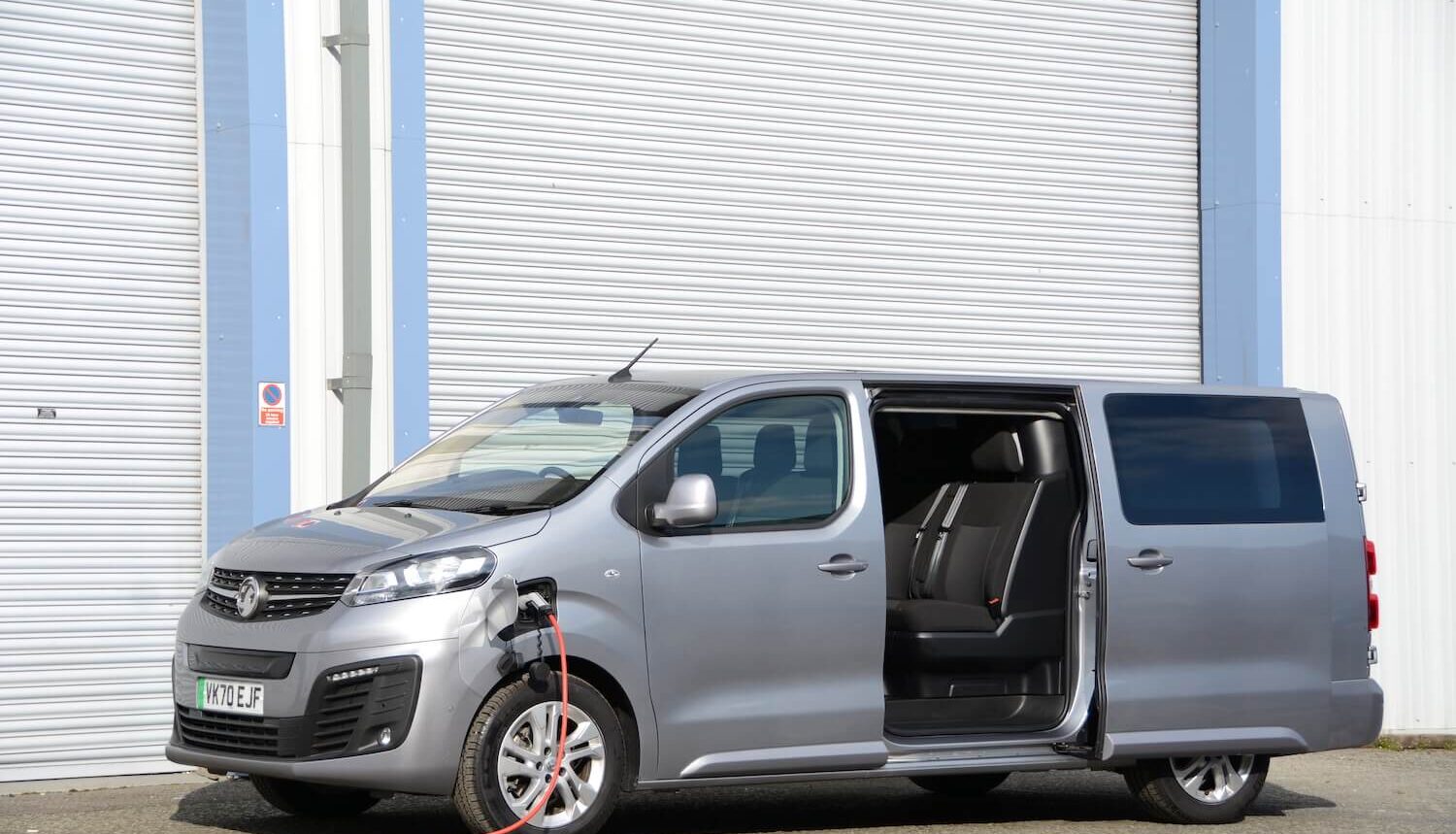

Written by: Paul Kirby
For many years now I have been a fan of Vans because of what they “deliver” for society. The humble Van allows businesses, great and small, to take their goods and services to the masses, to get our Amazon fuelled purchases to us, to mend our broken boilers, to help us in medical emergencies, to transport our medicines safely and put food on our tables both from the revenue they generate and from the food they deliver from our supermarket of choice. Just like Cinderella they are hardworking, rather wonderful and often overlooked!
For me it was sad to see that, first of all, the recent press release from the Government on the change in grants overlooked electric vans but also the net effect of the Government action hit vans hardest – an increase in the cost of a small electric van (up to 2.5t) by up to £4,920 and an increase in the cost of a larger Van 2.5-3.5t by £2000. Since this announcement, which was with immediate effect, a number of buying decisions have had to change due to cost, particularly of the small Van. Anecdotally, a deal for 150 Nissan eNV200 has “fallen over” causing an additional c.730 TONNES of CO2 to be emitted for the next 3-4 years for that fleet! The fact is that whilst Vans are only 16% of the traffic they emit 33% of the NOx – having a direct impact on our environment! Now about that coal mine Boris…
So, what can we do? Because to do nothing would be the very definition of insanity! There are still many reasons to choose electric vehicles over fossil fuel engines, or ICE vehicles, as they are becoming known. The Total Cost of Ownership (TCO) mitigates the higher cost of the vehicle, by the lower cost of fuelling and running the vehicle. As an example, to run a small diesel Van around 20,000 miles per annum it will cost around £2450+ in fuel and around £720 in maintenance and repair. Savings on fuel for an electric van will be £1650* per annum and the maintenance will most likely halve saving a further £360 giving you annual saving of around £2010! All this in addition to being a better, simpler, safer and nicer way to drive for ALL concerned!
So, what are the key challenges to consider? The energy needed to power this new, efficient and effective, way of getting our goods and services from A to B is where we need to focus. Home and Workplace charging are the best options to invest in but also the public charging network is growing day by day making charging on the hoof possible, if more expensive. Whilst infrastructure is improving on every measure it still does present a challenge to consider, particularly when thinking about Vans.
The other challenge is the vehicles themselves. Manufacturers are slow to get “fit for purpose” Electric Vans to Market. Now with the increased price challenge the volume of models sold has to increase! Sound strange? Well, the only way to bring the price down is to sell more, and invest more, in improved technology. There are some good vans and manufacturers, trying very hard, such as Stellantis (formerly the PSA Groupe) with their excellent mid-sized van and the promise of large and small vans by the end of the year. Maxus a Chinese manufacturer heavily focused on electric, is also bringing very credible electric Vans to market. We would be remiss not to mention Mercedes-Benz, Renault and Nissan too who all play a major part. It would be said of the latter that they have been the longest in the game and in particular with Renault and Nissan have pioneered the Van offering. It seems a shame that they are hardest hit by the changes! So ultimately there is something there for most of us!
The reality is that we are not moving to electric vehicles for the Government, or the “Green Revolution”, we are doing it for the Air Quality in our towns and cities, for the health of our UK residents – our friends and families, our climate, the world we live in and for ourselves.
As with all these things it’s about finding how we can #getstarted with electric vans and play our part in the “Green Revolution”. Whilst I may think the Government has shot itself (and us, come to that) in the foot it’s our job to make sure the wound is not fatal! Cinderella, the chariot may just have gotten more expensive, but you shall still go to the ball!
So hopefully now you can see why Vans are important for our electric dreams?

*based on home or workplace charging at an average of 12 pence per kw.
From time-to-time we host guest blogs on our website. The views, opinions and positions expressed within these guest blog posts are those of the author alone and do not represent those of Electric Vehicle Association England.